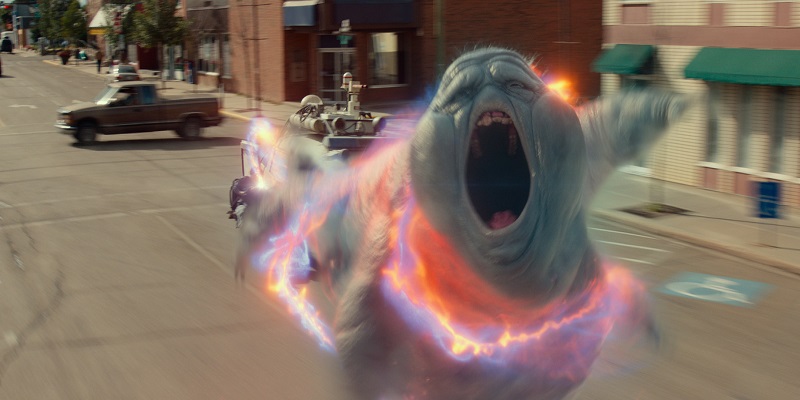Sony Pictures’ much-anticipated film Ghostbusters: Afterlife that witnessed a theatrical release this year introduced a new generation of uncanny ghost-catchers, but also bringing back familiar faces. The amazing visual effects and mix of latest animation styles have built an amazing bridge between today’s Ghostbusters: Afterlife and it’s decade old counterpart.
Led by VFX supervisor Aharon Bourland and delivering over 800 VFX shots over 24 sequences for Jason Reitman’s film, lead vendor DNEG developed all of the main characters, from concepts to final shots.
The synopsis of the current film reads: when a single mom and her two kids arrive in a run-down farmhouse in a small town in rural Oklahoma, nothing could have prepared them for the supernatural rollercoaster inherited from their grandfather.
The characters ranged from tiny mini-puffs and small supernatural manifestations made of marshmallow to earth-shaking poltergeists. Beyond DNEG’s development of a new generation of characters, the team modernised the look of the classic Ghostbusters technology, including famous proton beams and traps.
“There was a mix of animation styles used in the film. Most characters were animated in a natural, realistic style but some shots required a more stylised ‘stop motion’ feel, giving a nod to the original movies. Whilst a more realistic approach was used for the Terrordogs (using real dogs as reference), the team used more exaggerated animations with the Minipuffs, which the animators had a lot of fun with,” said DNEG animation supervisor Carlos Rosas.
With a strong focus on performance, the animation process in the film was pivotal to its success- every pose, motion and expression were carefully directed, and the animation team was encouraged to produce their own ideas, similar to how actors are requested to do onset.

Afterlife’s new flagship character, Muncher, a blue slimy ghost and a lover of eating metal objects, voiced by Josh Gad was given particular attention. Muncher, uses new skin simulation techniques, requiring rigid simulations for the metal in the belly of the model and a skin simulation to wrap it.
The skin simulation was styled to feel like the foam latex puppets of the classic film. The project also featured challenging integrations of flip simulations and crown animation of the Horde of Ghosts.
